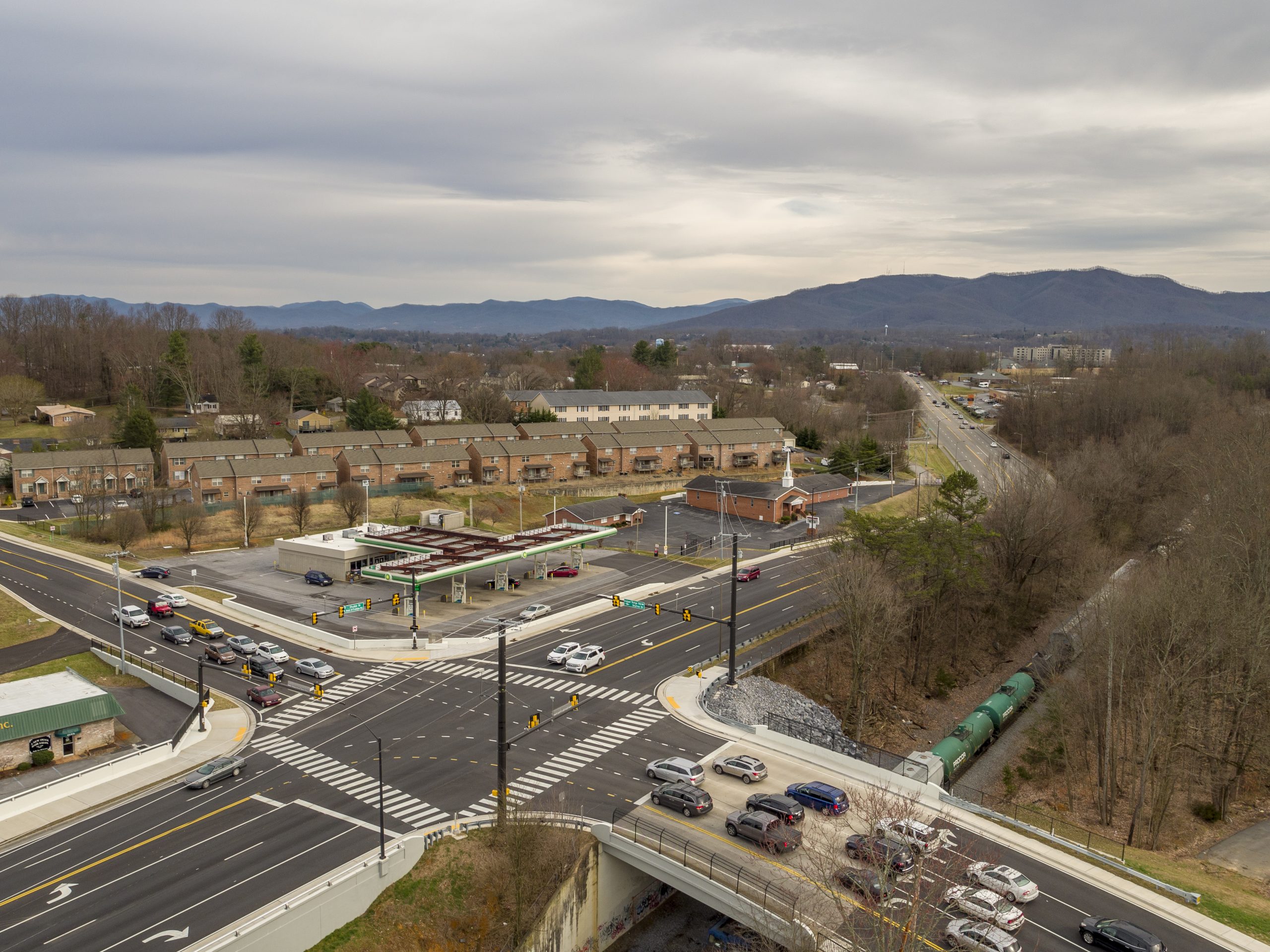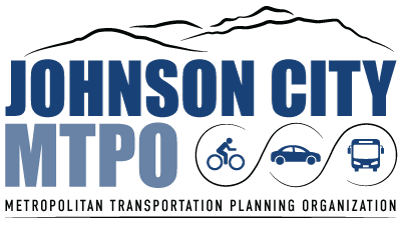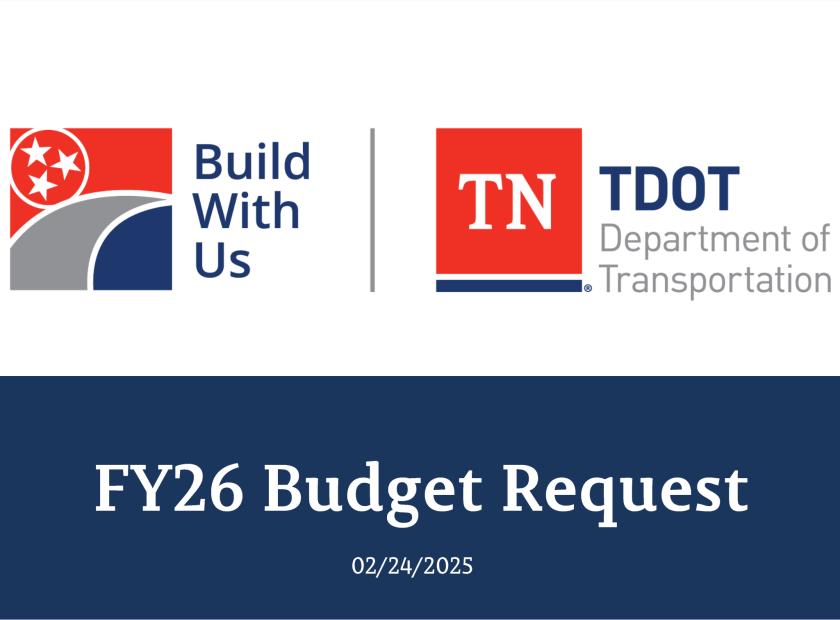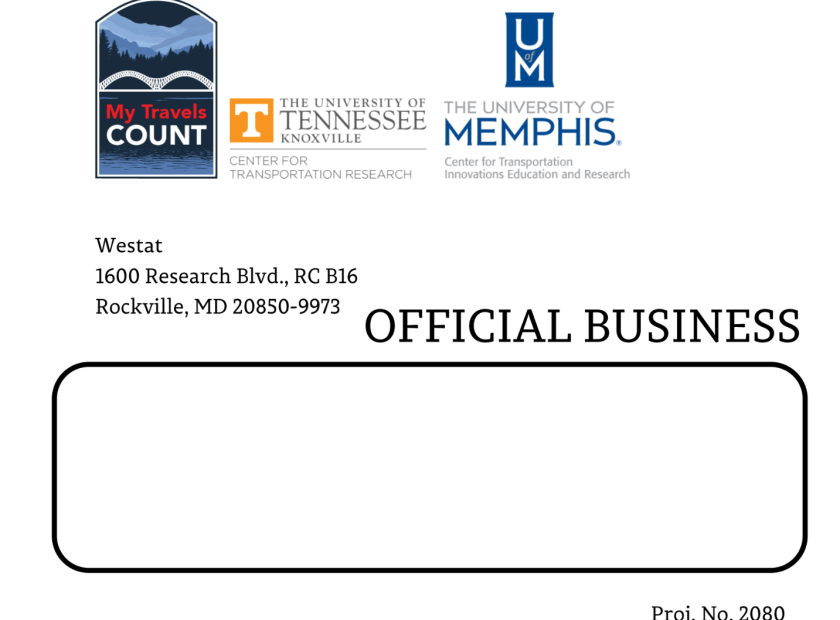
What is the Johnson City MTPO?
What does Johnson City MTPO have to do with construction of a project?
We get it – the name of the Johnson City Metropolitan Transportation Planning Organization is long. Often it is abbreviated to “MTPO” or “MPO” for short. There are other variations of this name throughout the state of Tennessee, like TPO. The government loves acronyms. MPOs, no matter what they are called, are established by federal law. Once an Urban Area reaches a population threshold of 50,000 people, an MPO is required to be established. Keep in mind the U.S. Census Bureau has the task of defining the Urban Areas and counting the people. For the Johnson City MTPO, this threshold was achieved over 40 years ago with the 1980 Census and the organization was established in 1982. But what do we do and why is it important?
At its fundamental level, the Johnson City MTPO is responsible for carrying out a comprehensive, cooperative, and continuing (3-C) transportation planning process. This process involves coordination of transportation planning activities within the Johnson City MTPO Planning Area. This includes cities, counties, the state, and the public. The MTPO has a policy board, the Executive Board, that governs the MPO and is comprised of the chief publicly elected officials representing 75% of the Urban Area population and a representative from the Tennessee County Highway Officials Association.
In practice, the Johnson City MTPO is responsible for developing a Metropolitan Transportation Plan (MTP). This plan identifies projects to improve the region’s roadways, bridges, walkways, bikeways, and transit services for at least 25 years into the future. As you can imagine, the circumstances 25 years ago are not the same as they are today. To address this, Congress decided MPOs need to update this plan every five years. In developing the MTP, the MTPO staff engage the public through surveys, meetings, and comment periods to gather input on transportation needs and proposed projects. Before projects can be eligible for federal funding, the Tennessee Department of Transportation, Federal Highway Administration, or Federal Transit Administration will ask, “What page number is your project located in the MTP?”
After the MTP is complete, state and local jurisdictions identify funding for their projects and request the MTPO include it in the Transportation Improvement Program or “TIP.” The TIP programs federal funds for project phases over the next four-year period. The TIP must be financially constrained – it is not a wish list and funds must be reasonably expected to be available. Usually there is a 20% share of the cost of the project required to be contributed by local jurisdictions, except for certain types of projects, like those that enhance safety. Some people might say, why should the local jurisdictions pay 20%? State and local governments have a responsibility to share the cost to provide safe transportation and must plan for matching funds in their annual budgets.
It is important to note that transit agencies, such as Johnson City Transit and NET Trans, receive federal funds as well. They use it to assist with capital items (with a 20% match) and operations (with a 50% match). These federal transit funds must be included in the Johnson City’s MTPO MTP and TIP as well.
Once the TIP has been adopted, the MTPO changes from a leadership role to a support role for local jurisdictions and the state. It is up to them to initiate the process to start their projects. The Johnson City MTPO’s role is pivotal in shaping the transportation infrastructure. This work goes on long before a project ever goes to construction. Without the MTPO staff doing their jobs effectively and efficiently, federal transportation funds would not be available in our region.




